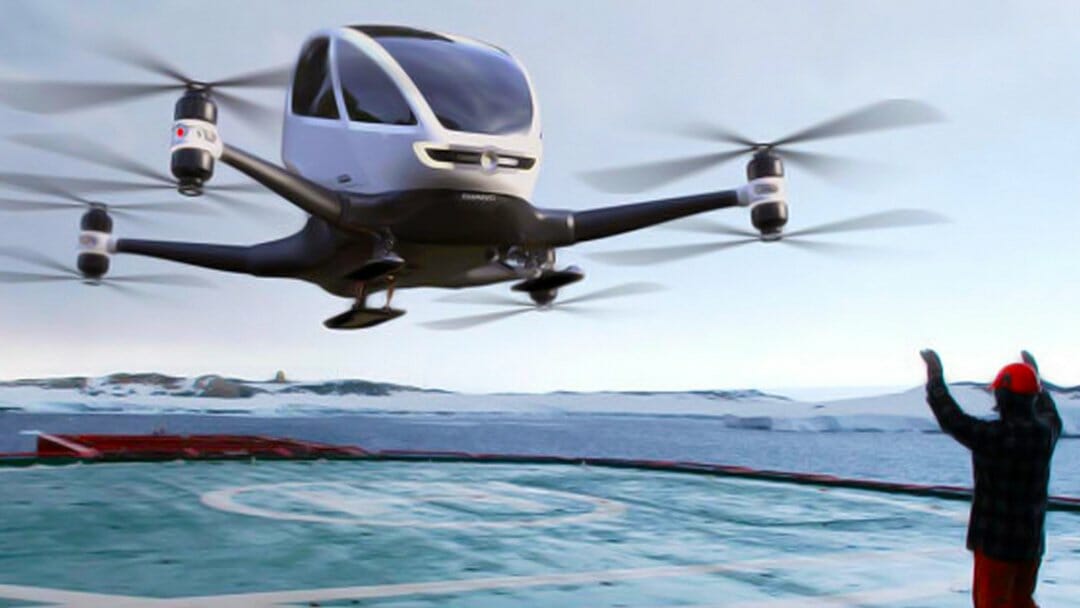
“Artificial Intelligence” (AI) is once again a major buzzword, as people get to grips with voice assistants, self-driving cars and the looming spectre of robots taking all the jobs.
The thing is, AI is a widely misunderstood concept. People tend to think of Hollywood’s take on artificial intelligence, which is at worst wildly inaccurate and at best something we’ll achieve in the far, far future only. Artificial intelligence in the real world describes a number of pretty narrow domains, such as machine vision and natural language processing, which machines can become very good at. Applied properly, AI represents some of the most powerful tech solutions that exist today. So it should come as no surprise that drone technology is strongly influenced by technologies that fall within the various subcategories of artificial intelligence. Let’s looks at some of the ways AI is (or could be) used in drones.
Obstacle Avoidance
Even with a talented pilot, you really do want a drone that can avoid doing something dumb like flying into a tree. Modern mid- to high- end drones are almost all outfitted with sensors that let them figure out if there are solid objects close to them. Sensors aren’t enough by themselves though. Special machine vision algorithms give modern drones the intelligence to recognize objects and alter their course to avoid hitting them. Obstacle avoidance can also be combined with other features, like” follow me mode”, that enables the drone to follow and track an object and at the same time avoid any obstacles on the way. A pretty amazing feat for any computer system, much less something small and cheap enough to fit in a drone!
Navigation
Many drone use cases involve having no human pilot at all. You simply tell the drone where it should go and it will figure out the rest. For example, Amazon is prepping a fleet of delivery drones that will bring packages straight to a spot you designate with a special marker.
In order to achieve this feat, these drones need some pretty impressive onboard intelligence. You can’t just stick a GPS tracker in it and send it blindly on its way. Anything can happen in flight, so completely autonomous drones need the ability deal with the unexpected and make decisions about whether it is safe to land or if an object in the distance is on a collision course. While fully autonomous drones don’t pose quite as much of a challenge as self-driving cars, it’s still an impressive and daunting task.
Facial Recognition
One of the most controversial uses of AI-powered machine vision is mass facial recognition. It’s now possible to instantly recognize faces using this technology, enabling governments and law enforcement to track individuals wherever they go. Basically, wherever you have a cloud-connected camera, you can become instantly aware of who people are and where they are going.
It should be obvious that this particular AI technology is a good match for camera drones. After all, they’re flying internet-connected camera platforms. This opens up surveillance and security possibilities that are both exciting from a tech perspective, but perhaps a little scary from a social and political viewpoint. Either way, expect to see this flavor of artificial intelligence invade the drone space in a serious way.
Swarm Intelligence
You may have heard about the birds and the bees, but there’s another thing they have in common apart from what your parents sat you down to have a serious chat about. That thing is swarm intelligence, which is something we see in nature all the time. Whether it’s a flock of birds or school of fish, many animals can act as a coordinated group without all of them being in communication with each other. This is possible thanks to a set of complex behavioural rules that govern how each member of the swarm acts under certain conditions.
Likewise, swarms of drones have been imbued with swarm intelligence to great effect. It promises a way to get large numbers of simple drones to complete complex tasks, such as mapping the inside of a building or constructing structures.
Real Smarts
Drones with digital brains is a scary thought in some contexts, but in reality bringing AI and drone technology together is going to be essential if we want them to be useful. From medical drones to search and rescue systems that never give up, there are a lot of reasons we don’t want our drones just to be dumb flying robots!
This is an article provided by our partners network. It might not necessarily reflect the views or opinions of our editorial team and management.
Contributed content

Founder Dinis Guarda
IntelligentHQ Your New Business Network.
IntelligentHQ is a Business network and an expert source for finance, capital markets and intelligence for thousands of global business professionals, startups, and companies.
We exist at the point of intersection between technology, social media, finance and innovation.
IntelligentHQ leverages innovation and scale of social digital technology, analytics, news, and distribution to create an unparalleled, full digital medium and social business networks spectrum.
IntelligentHQ is working hard, to become a trusted, and indispensable source of business news and analytics, within financial services and its associated supply chains and ecosystems










